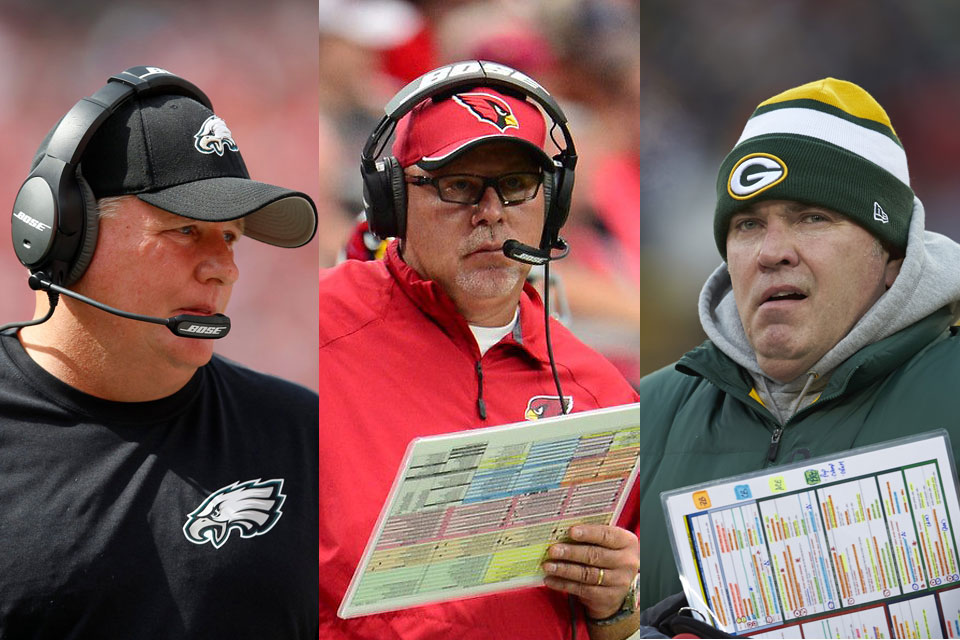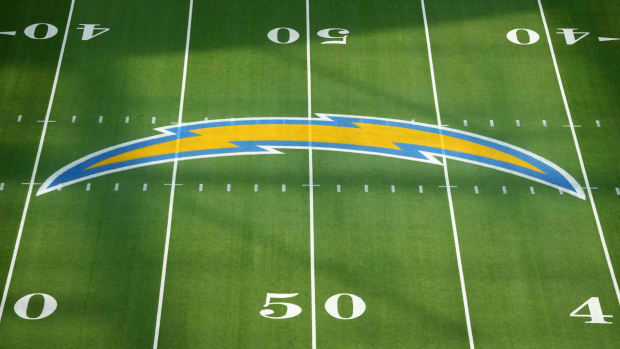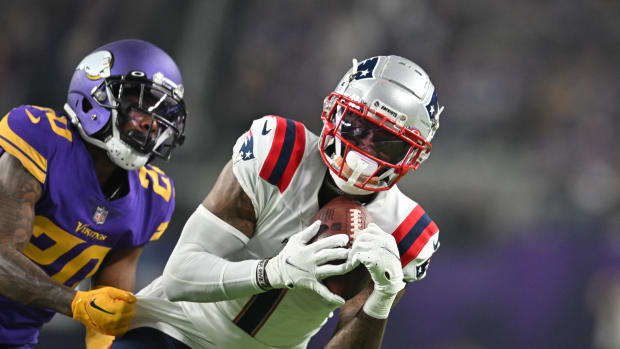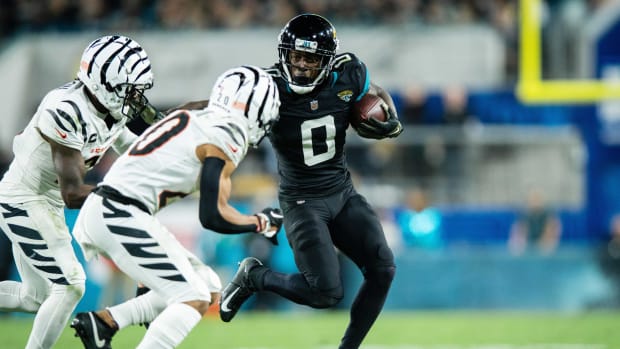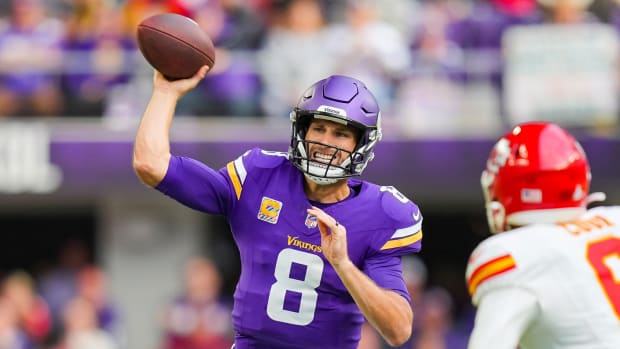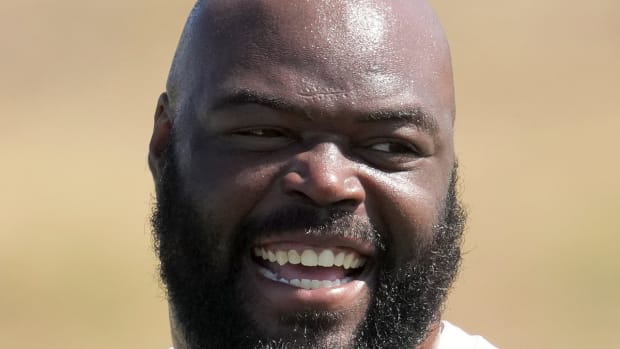The Best Buy in Football
The NFL salary cap—born in 1993 as part of a new Collective Bargaining Agreement—limits collective team pay in an attempt to ensure a financially level playing field in the name of competitive balance. And despite the fact that pro-rated signing bonuses make it a soft, not hard cap (think yarmulke), it has regulated spending to bring every team within a relatively narrow range. To illustrate, the annual disparity between the highest and lowest spending teams in Major League Baseball is typically around $150 million, whereas in the NFL in any given year that disparity is roughly $30-$40 million. Thus, from a player spending perspective, the cap is working to ensure league-wide competitive parity.
Finding an Edge
The cap, however, only affects onemetric for NFL success, albeit an important one: player costs. As much as the NFL, like any sports league, craves competitive balance, all teams are not created equal. There are differences in a variety of categories beyond capped player costs: ownership, facilities, weather, equipment, training, medical, access to post-career opportunities, etc. The salary cap does not limit spending in any of these areas.
Certain expenditures, such as free-agent recruitment, can be vastly different from team to team. I remember hosting a top free agent, flying him from his home in Texas to Green Bay, with a change of planes in Chicago to a small propeller plane. When he left us, Dan Snyder’s private jet was waiting for him at the Green Bay airport to take him to Washington. I knew we had lost that player to the Redskins right there; there was nothing a salary cap could do about it.
Mr. Right and Mr. Wrong
Andrew Brandt explains why the search for a franchise quarterback consumes teams, and how the wrong choice can set an NFL club back for years. FULL STORY
I have always thought that the real differentiators in the NFL (or any business) are the people: from ownership to front office to administrative, training and equipment staff. In Green Bay I always thought it important to not have a “we” or “they” relationship with the players; we were all in this fishbowl in a small town in Wisconsin together and needed a family atmosphere. Players know when they are being treated as commodities or when they feel the people behind these teams are truly invested in them.
And speaking of those people, perhaps the biggest differentiator in a cap-managed league may be the team’s head coach. Let’s examine.
Difference makers
Bill Belichick’s prolonged success in New England has often been done with a handful of recognizable names supplemented by well-coached players who fit certain schemes. And players brought to the Patriots who were “maintenance issues” with other teams fall in line in New England; the culture requires it.
Chip Kelly, as I wrote at the time of his hire, was the most important acquisition in the NFL besides Peyton Manning in recent years. Kelly is a 50-year-old football savant who is a refreshing change agent in a sport often stuck in its time-honored (sometimes meaning “time has passed them by”) ways, but in constant search of competitive edge. While we often hear of coaching trees, Kelly is sprouting his own. He has established a culture of self-improvement—hastening the exit of DeSean Jackson, who refused to buy in—that is infectious within the facility.
Chip Kelly was the most important acquisition in the NFL besides Peyton Manning in recent years.
Mike McCarthy, whom I know well and worked with for three years, sets a tone of availability and accountability with the Packers that sits well with his homegrown team. McCarthy and his staff are well suited for the team’s “draft and develop” philosophy in teaching and trusting young players to perform.
Andy Reid and Bruce Arians bring experienced offensive systems that take advantage of their personnel and have had sustained success over a long period. Pete Carroll and Jim Harbaugh—albeit in different ways—bring infectious energy and enthusiasm in developing and cajoling young players, some of whom would fall through the cracks in other places. Players on the Seahawks and 49ers know these coaches have their back.
• ‘HAVE FUN! THROW IT!’: Bruce Arians opens up on his football life and philosophy
John Harbaugh and Chuck Pagano bring solid emotional intelligence in handling their teams, understanding their players and the need for selective motivation. And John Fox sets a relaxed and comfortable tone in Denver, attracting veteran players such as Manning.
This list is not meant to slight anyone not mentioned, only to point out a few coaches bringing confidence to fan bases and ownership towards sustained success.
No cap for coaches
With no cap for coaches, teams gain competitive advantage for low cost. The market for elite NFL head coaches—approximately $7 million per year—is roughly half the market for elite defensive linemen and one-third the market for elite quarterbacks. What do we think NFL owners, as stewards of billion-dollar assets, would pay to ensure sustained success and a culture of winning? $50 million a year? $100 million? In relative terms, owners are paying these top “CEOs” insignificant sums.
Elite coaches further allow owners to save on player costs. Coaches such as Belichick and McCarthy, among others, are content to coach a majority of young players playing at fixed and reasonable rates. And systems such as Kelly’s, which put the quarterback in optimal position to succeed, save potentially tens of millions at the game’s most expensive position.
NFL teams are constantly seeking an edge in a system restricting such maneuvering on the player cost side. I am told that certain teams itemize their labor cost into one number that includes players and coaches, an interesting mix as the cap restricts only the player side. Having a CEO in place that inspires confidence toward present and future success provides as significant a competitive an advantage as there may be.
PETERSON AND GOODELL
The hammer has dropped on Adrian Peterson, now suspended indefinitely without pay after serving the first half of the season as a fully paid member of the creatively applied Commissioner Exempt list. Now, you know the drill: Peterson is appealing, the NFLPA is preaching about unfair discipline, Peterson is requesting an immediate appeal in front of a neutral arbitrator, and on we go. There will be (more) lawyers.
Remember, in Roger Goodell’s much-anticipated September 19 press conference, when he expressed willingness to cede some authority as the sole arbiter of player conduct and include the NFLPA in discipline process? That was nice.
• PETERSON’S PUNISHMENT: Peter King explains the ruling and what’s next
The Peterson suspension confirms the ongoing power of the commissioner over player conduct, a power questioned but never weakened. Goodell’s “meetings” with the NFLPA on domestic violence now appear to have been a necessary but inconvenient nuisance to the league, with little tolerance for their input. The NFL appears to be saying to the NFLPA, “You can listen, but we’re running this thing."
The bottom line, however, is that Goodell is not doing anything differently from what he's done since he arrived on the scene as the new sheriff in town in 2006. He was, is and will always be the Conduct Commissioner. He has the hammer, and he is using it.
One of the union's priorities in the 2011 CBA negotiations was to curb Goodell’s heavy-handed player discipline. However, as often happens in multi-issue negotiations, other priorities took precedence. Now we are back to where we started years ago, with the NFLPA railing against the status quo in an uphill battle to change it.
THE NBA’S GAMBLING LEAD
NBA commissioner Adam Silver has broken ranks with his fellow commissioners, penning an op-ed in the The New York Times supporting legalized gambling.
Integrity is the top priority for any commissioner, and sanctioning gambling would appear to fly in the face of that. Yet six years removed from the Tim Donaghy scandal, Silver is putting a stake in the ground here. He advocates in ways consistent with legalized marijuana arguments, calling for federal regulation to ensure a safer environment
Many have theorized that Goodell and his lieutenants are sitting in their offices saying, “What the heck is Adam doing?” However, I think Goodell knows exactly what Silver is doing: following the money. The vast and undervalued fantasy sports market has, to this point, been untapped by the professional sports leagues. Now, after a first move into the market with a Fanduel deal last week, the NBA is taking steps towards monetization. The NFL has certainly been studying how best to monetize while maintaining their core priority of integrity. While they figure it out, Silver has—pardon the pun—raised the stakes with a proactive stance.
Follow The MMQB on Facebook, Twitter and Instagram.
[widget widget_name="SI Newsletter Widget”]
































